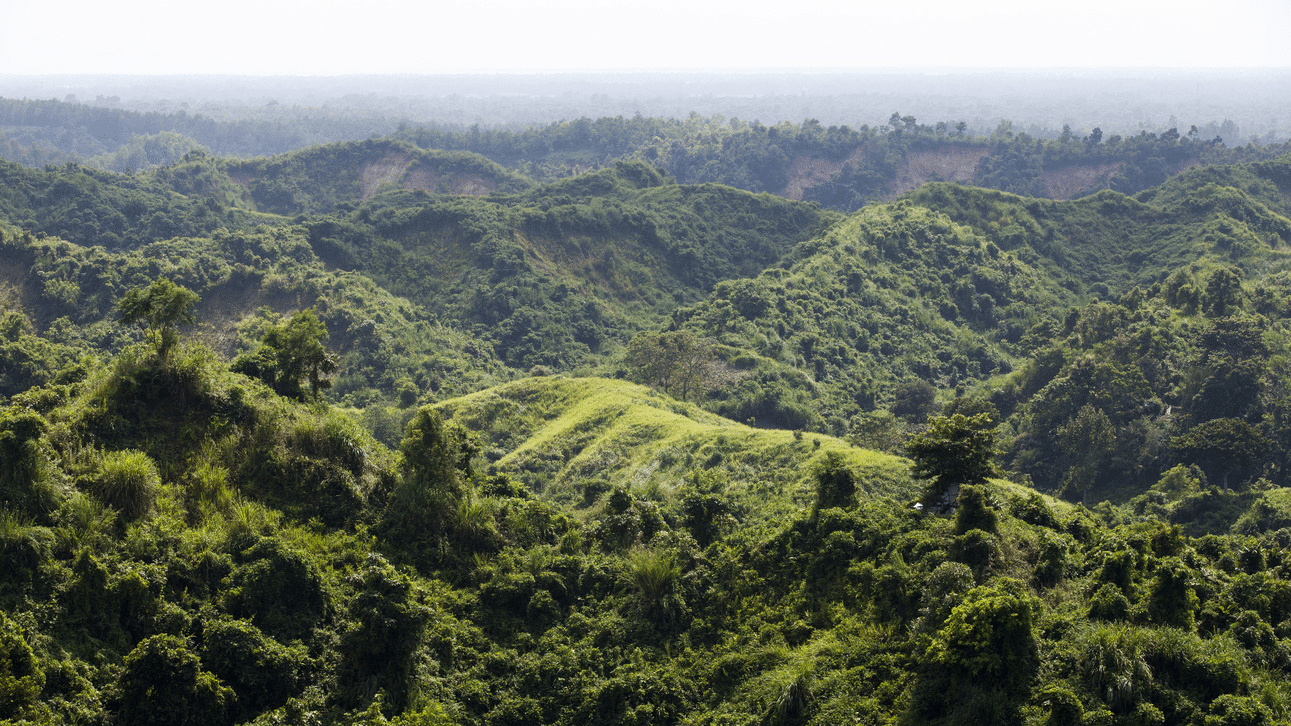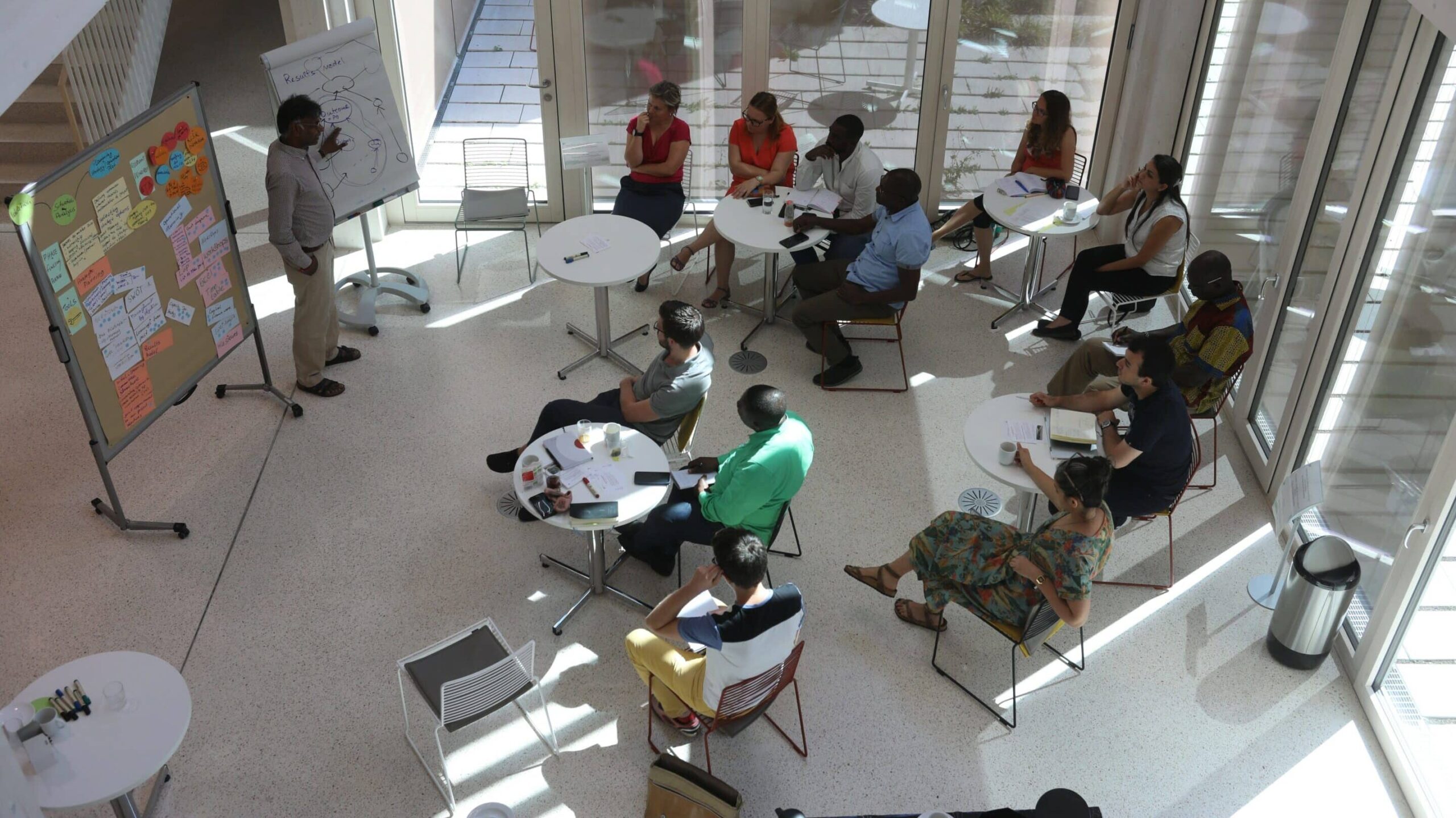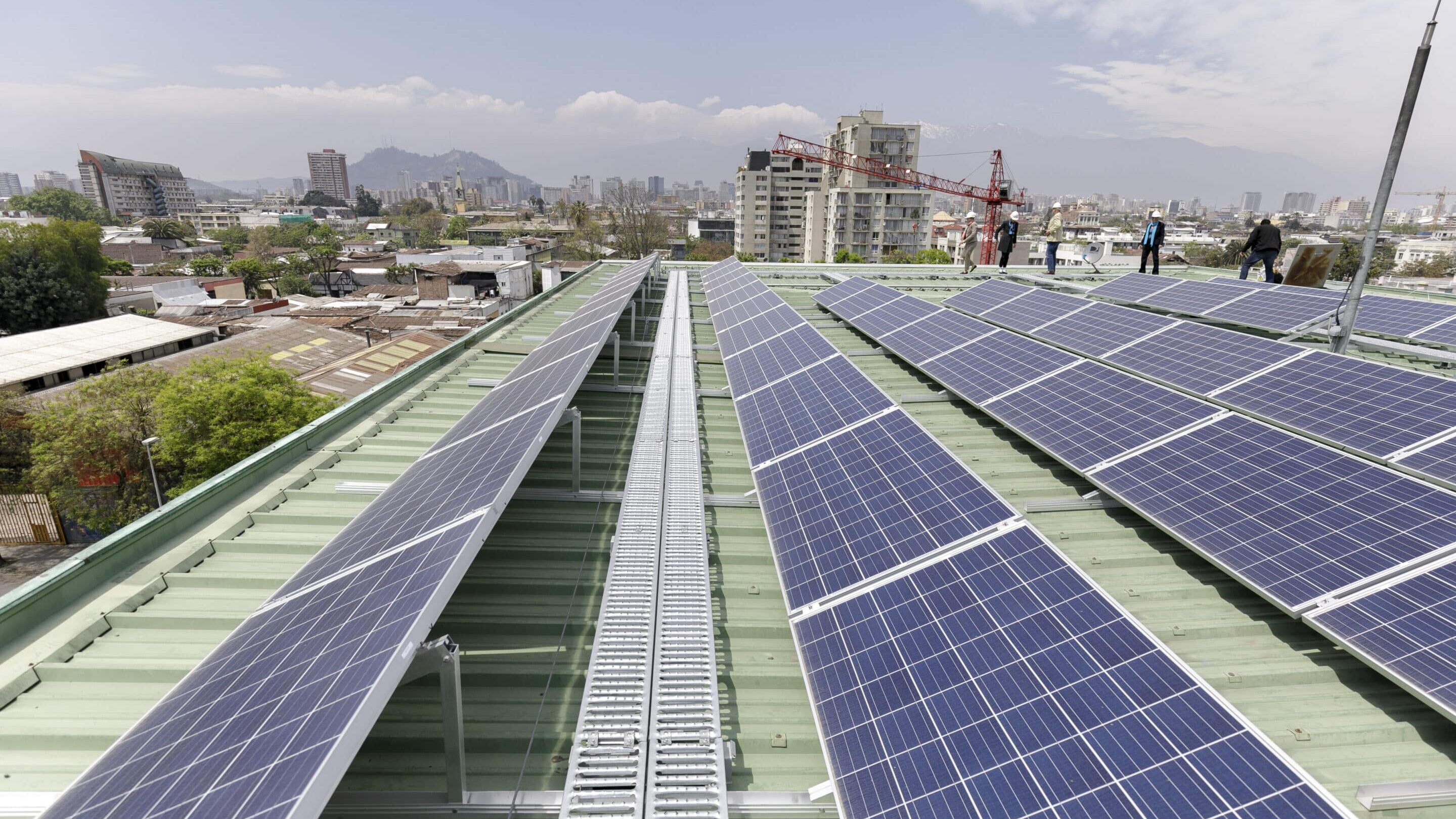Overview
A central element of the Global Shield is the In-Country-Process (ICP), which facilitates the identification of country-specific needs and options of interventions / instruments. The ICP is an inclusive, country-led process which engages all stakeholders relevant to advancing Climate and Disaster Risk Finance and Insurance (CDRFI), including the needs and perspectives of vulnerable and affected groups. The ICP aims at facilitating greater understanding and informed decision-making by governments on risks, vulnerabilities, protection gaps, and the potential role of different CDRFI interventions and instruments in addressing these gaps. It ultimately enables countries to submit a request for CDRFI support to the Global Shield. The delivery of the support package responding to the request is achieved through identifying options of support via the Coordination Hub and complementary financial support via the Financing Structure.
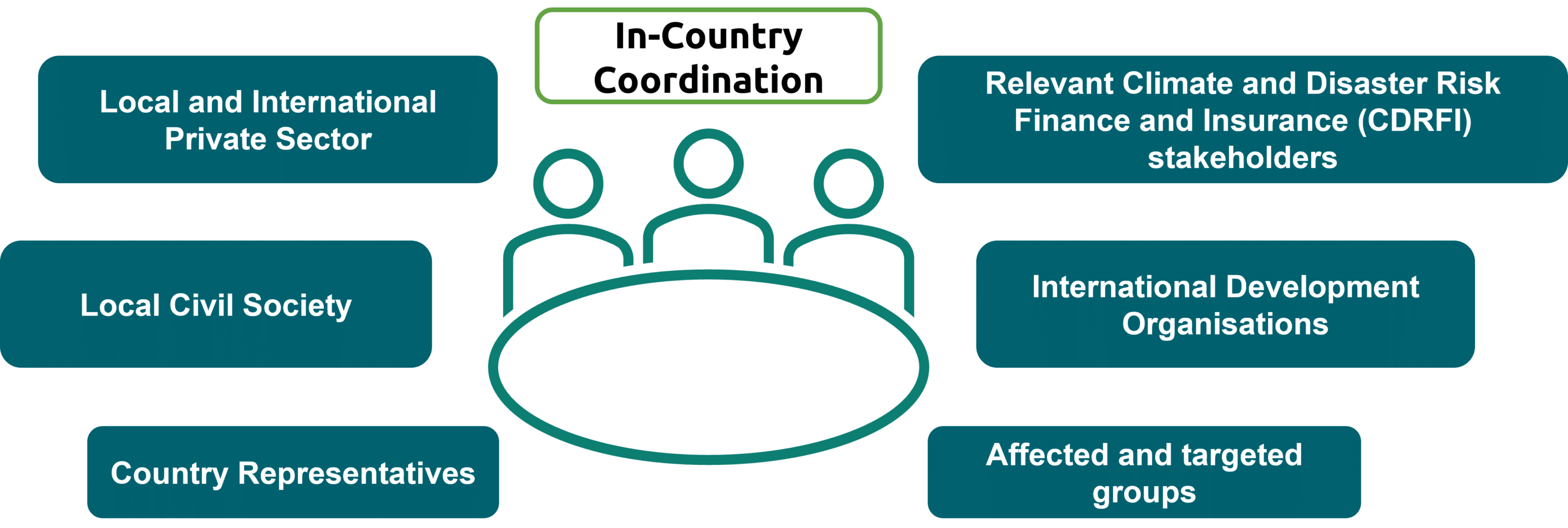
Main Elements of the In-Country Process
The lead ministry of the Global Shield partner country government nominates the governmental focal point leading the ICP. The ICP includes a wide range of relevant stakeholders to ensure an inclusive and participatory process. The main outputs of the ICP are the Stocktake, the Gap Analysis, and the Request for CDRFI Support (see Figure below). To ensure the country government’s ownership throughout the process, the lead ministry needs to endorse the main ICP outputs, ideally building on consultations amongst all relevant government entities.
The focal point sets up an In-Country Coordination (ICC), which is responsible for the implementation of the ICP. In particular, the needs and perspectives of the most vulnerable people in the country need to be integrated in the country’s understanding of protection gaps and the resulting request for CDRFI support. To ensure transparency and cultivate meaningful multi-stakeholder engagement in this process, all outputs should be shared by default with ICP participants for review.
The ICP should build on and integrate existing CDRFI-related consultations, analyses and projects to benefit from their lessons learned and best practices. Ideally, the ICP should not take longer than six to twelve months, and a fast-track approach for responding to the most urgent needs will also be possible.
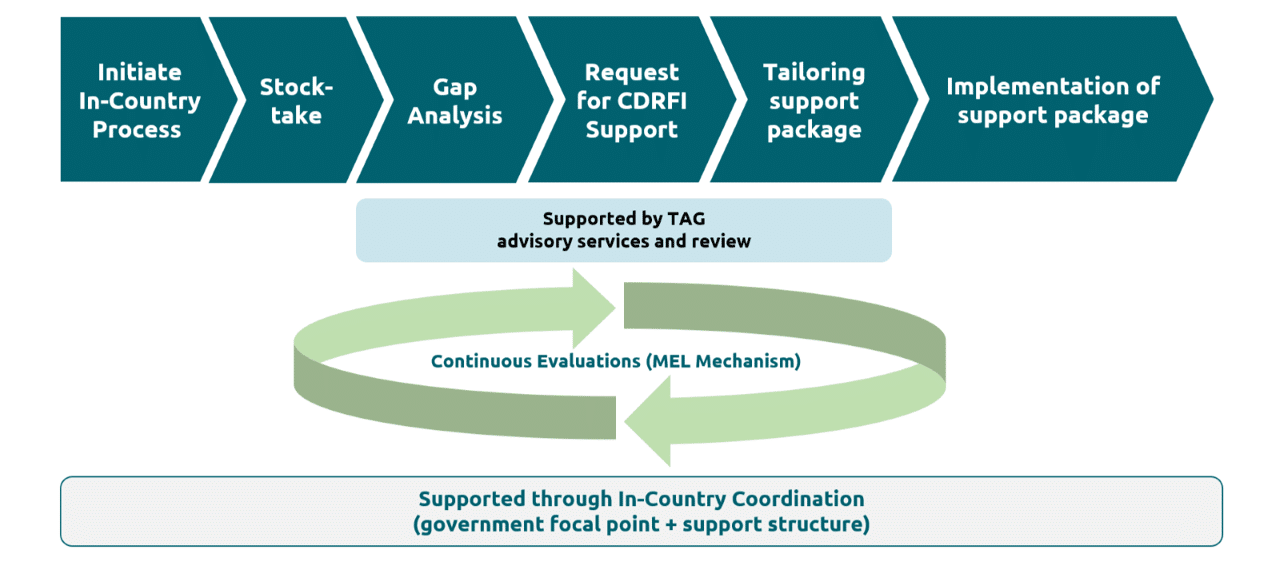
The Request for CDRFI Support is submitted to the Global Shield via the Global Shield Secretariat. With support of the Coordination Hub, available support by bilateral/multilateral donors, implementing programmes and further partner will be identified to respond to the Request. The Global Shield Financing Structure provides support for those financial protection needs stated in the Request for CDRFI Support which cannot be funded or addressed through efforts by other institutions. The Global Shield Secretariat, building on consultations within the Coordination Hub and the Financing Structure, will revert to the ICC with a proposal outlining how the country’s Request can be approached most effectively. Building on the country’s final decision, the Financing Structure and/or other implementing institutions will develop a tailored CDRFI package and mobilise financial and technical resources to deliver and implement the needed support.
To harness lessons learned and enable improvement and further adjustments of the ICP across partner countries, all ICPs and process timelines are recommended to undergo continuous cycles of evaluations.

